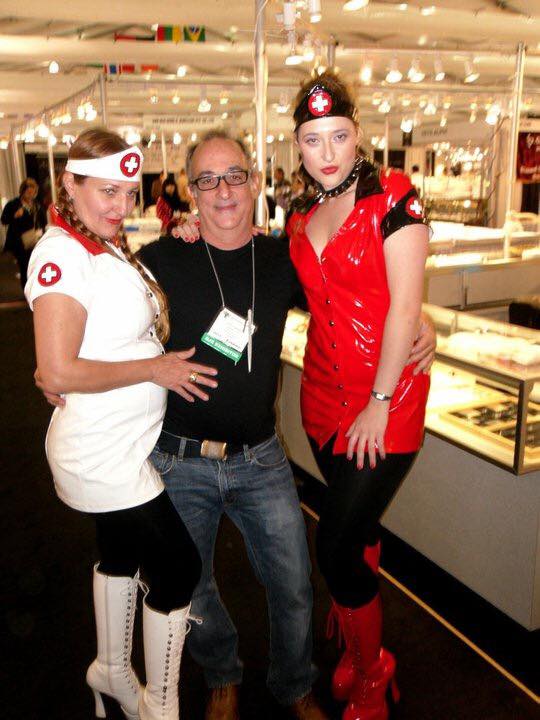About


Hemi Yuval Englisher
Hemi was born in the old port city of Jaffa in Israel, where he spent his early days trolling the beaches for shells and ceramic relics.
Hemi says, “I believe that is how my shape and color sensitivities were developed.”
During his summer vacations, Hemi would help his father at a small workshop, shaping and polishing the Eilat stone – a local variety of chrysocolla, dug from the ancient copper mines of King Solomon.
“My dad and I drove down south once a month to check the gravels of the Timna copper mines”.
Hemi remembered his fascination with nature’s colorful gifts, saying that “Cracking a boulder and discovering the deep azure green mantle was a semi-religious experience”.
Fast forward to late 1978 and Hemi was roaming the streets of Lima, Peru. From the street vendors selling local handicrafts and souvenirs, Hemi heard about the Lilly Mines at Pisco. He found his way there and became a full-time rough buyer in a foreign land. The experience was priceless; Hemi bought rough gems, learned to speak Spanish and became a sought-after salsa partner in Lima’s clubs. But the chrysocolla era was about to end – the times, the markets and the world changed. It was time to move on.
In 1989, Bangkok was a bustling gem festival. Rough and cut gem dealers from across the world flocked to the upcoming capital of stones and the cutting factories were buzzing. In February 1989, Hemi opened his first gem-cutting factory in Bangkok’s Bangrak neighborhood, now known as the heart of the gem district. This was a new chapter for him, with so much to learn, and a new culture to adapt to.
“When I arrived in Bangkok, I thought I knew gem cutting. I found out that I actually knew very little. My Thai cutters took me through a fast deep learning process”.
Then the Red Spinels arrived. One day, the gem vagabond H. Cox brought a bag of sparkling red octahedrons to Hemi’s office. Cox called the stones ‘spinels’ and said they were from Burma.
Life changed again. From that moment in 1996 – and for almost twenty years – Hemi was focused on the spinel and on Mogok.
“My Burmese friends were baffled; they did not understand why I was buying this cheap ruby imposter”.
As we all know, the Red Spinel has come a long way since then.
The Red Spinel was followed by the Grey Spinel. The Grey Spinel twisted the narrative, boldly opening the door to an Art Deco extravaganza of geometric shapes. As Hemi says, “Studying the Asscher cut pointed me to the most important era in modern design – Art Deco.” Plunging into the fabulous designs invented by the diamond cutters of the era, Hemi concluded that the colored stone trade was suffering from that most insidious affliction – boring repetition. How many ovals can you cut? Inspired by old diamond-cutting diagrams, Hemi recognized that “shape is the cradle of color” and that shape is as important as color.
The shape priority concept is clearly spreading among design-conscious consumers. No wonder that most of the avant-garde cutters, as well as iconic jewelry lines such as Cartier’s “Geometry and Contrasts” and the Van Cleef & Arpels “Legend of Diamonds” collection, showcase conceptual and geometric Art Deco-style shapes. And Bulgari, with his stunning collections of Serpenti jewelry, featuring diamond hexagons that represent the scales of a serpent in abstract geometric pieces.
Whether inspired by natural forms from the ancient eras or celebrating the new era of science and technology, geometric jewelry is emerging as a powerful trend in today’s gemstone world.
